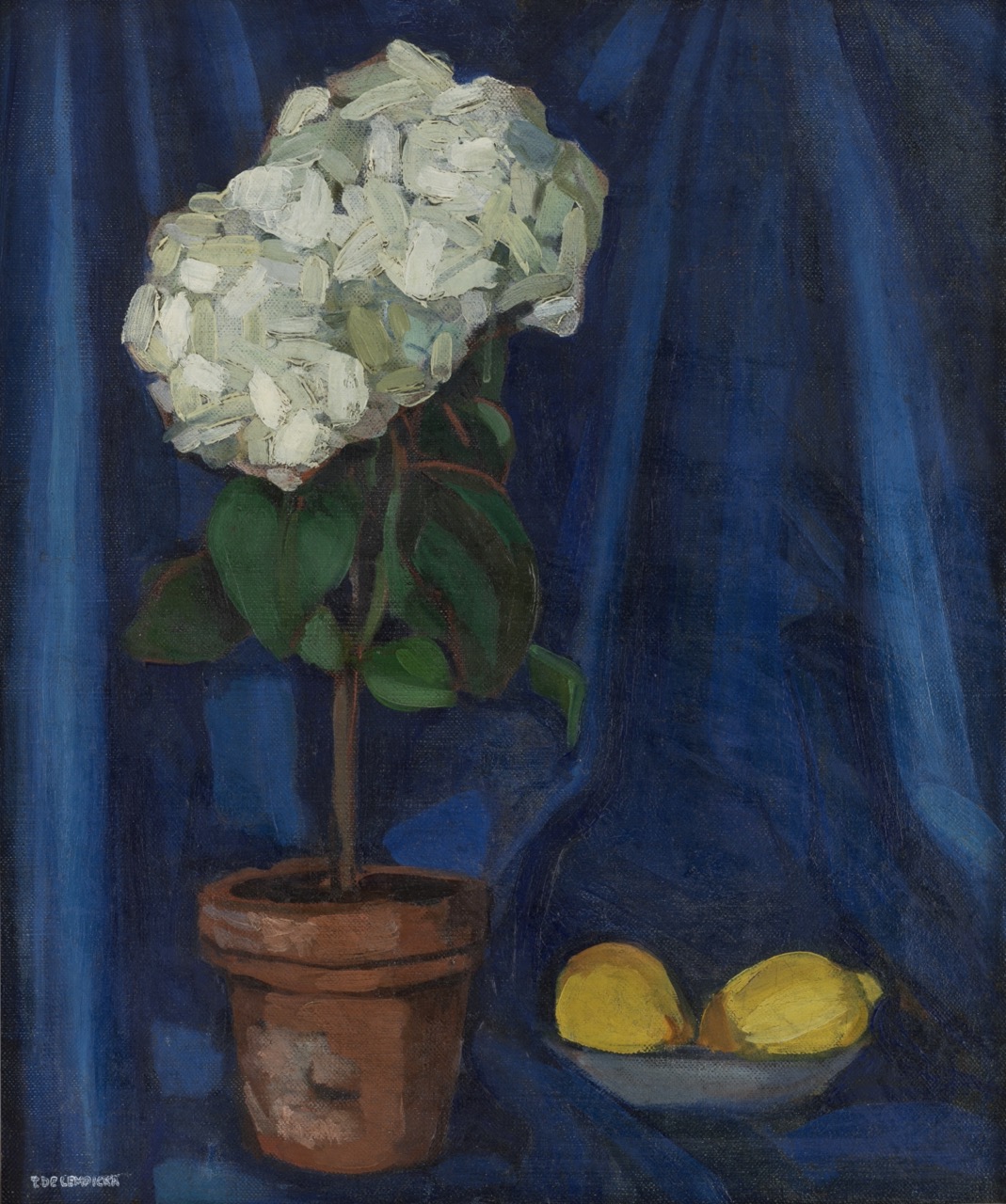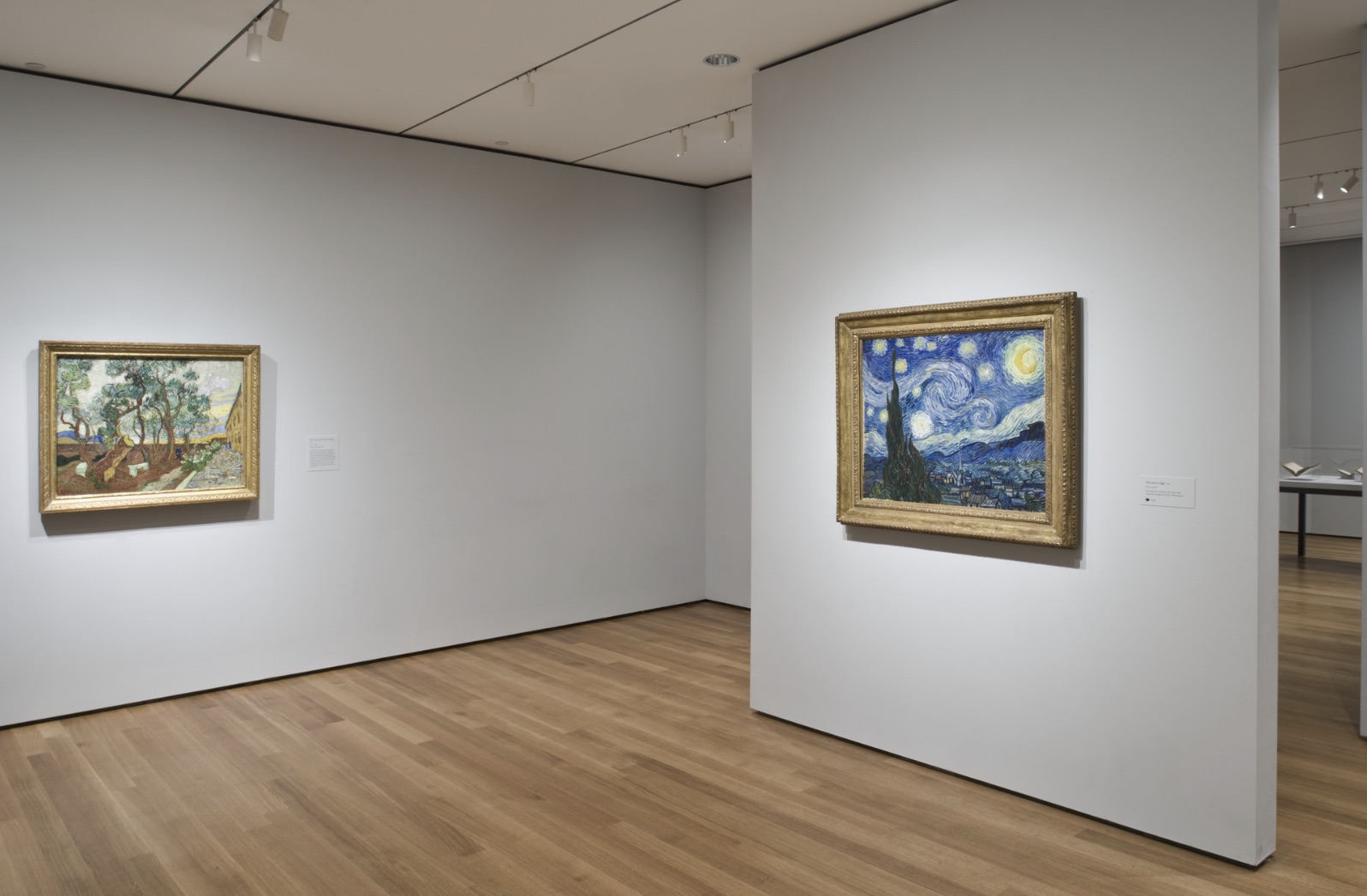
Van Gogh and the Colors of the Night
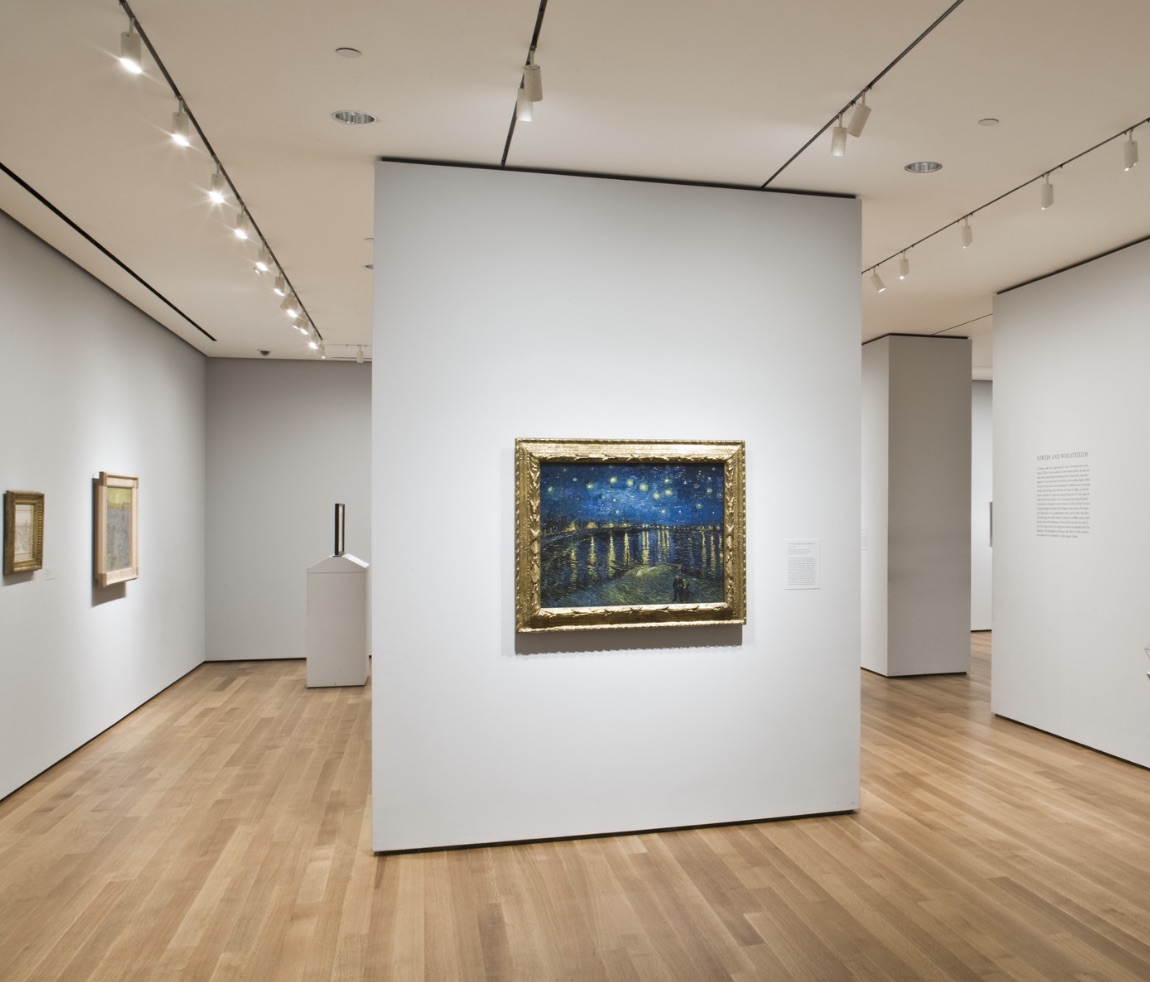
OVERVIEW
Van Gogh and the Colors of the Night was a major exhibition held at The Museum of Modern Art (MoMA) in New York, co-organized with the Van Gogh Museum in Amsterdam. Curated by Joachim Pissarro and Sjraar van Heugten, Head of Collections at the Van Gogh Museum, the exhibition explored Vincent van Gogh’s profound and evolving fascination with the night as a subject of artistic inquiry, emotional depth and symbolic meditation.
THE CONCEPT
Throughout his career, Van Gogh sought to portray night not simply as the absence of light, but as a rich, mysterious realm filled with expressive potential. Inspired by the innovations of the Impressionists but pursuing his own path, Van Gogh attempted the paradoxical task of painting darkness with color—representing night by light. His approach was not purely observational; rather, he used color and gesture to convey emotion, metaphor and spirituality.
The exhibition brought together over two dozen paintings and drawings from all stages of Van Gogh’s career, including some of his most iconic works. Highlights included The Starry Night (1889), The Night Café (1888), and Terrace of a Café at Night (1888), alongside lesser-known but thematically related works, such as early Dutch interiors lit by gaslight and nocturnal landscapes rendered during his time in Arles and Saint-Rémy. Many of these works, though conceived with interrelated ideas, had never before been exhibited together, offering fresh insight into Van Gogh’s artistic development and thematic continuity. Van Gogh and the Colors of the Night not only celebrated the artist's technical brilliance and emotional power, but also offered an original perspective on how his night scenes contributed to the broader tradition of nocturne painting.
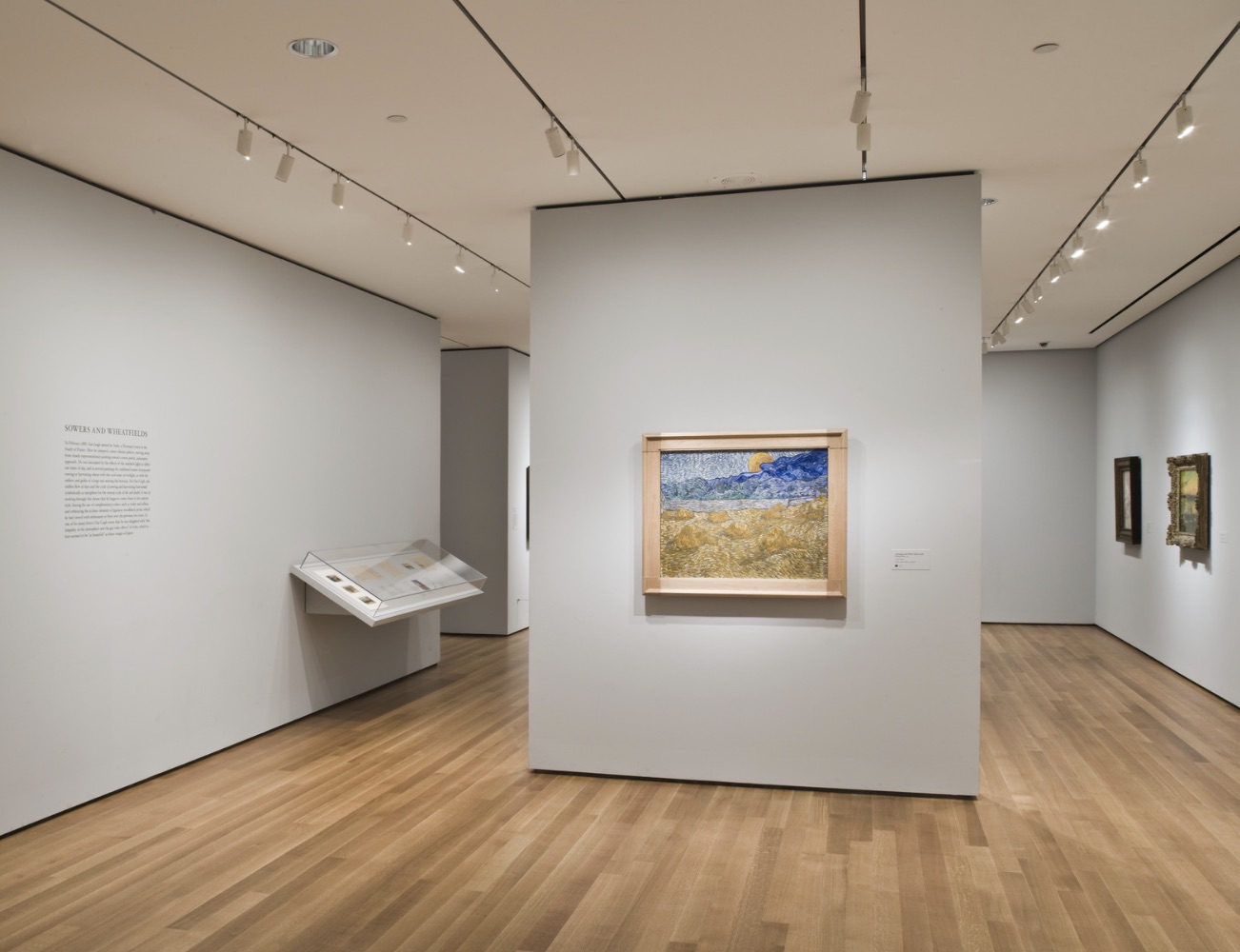


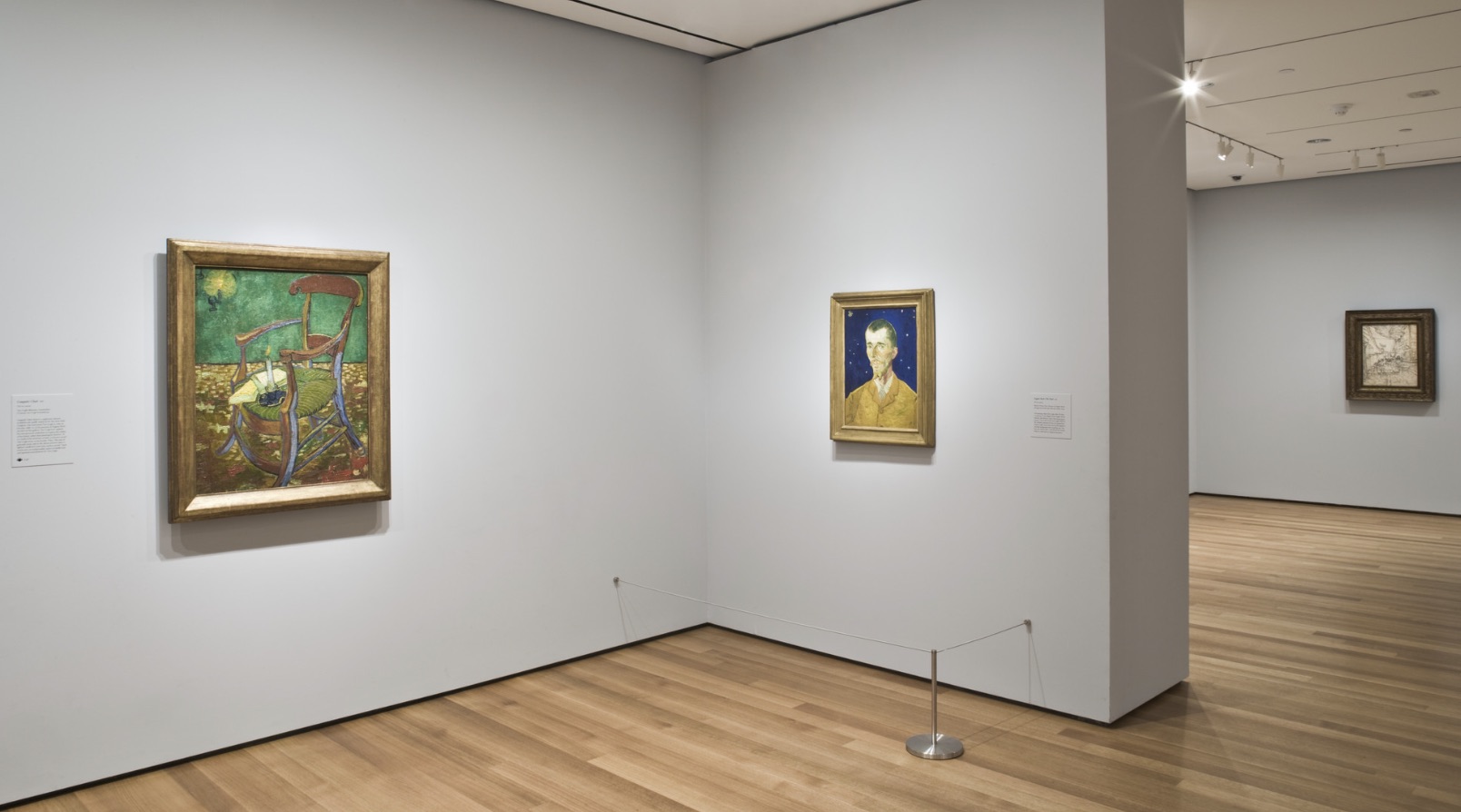
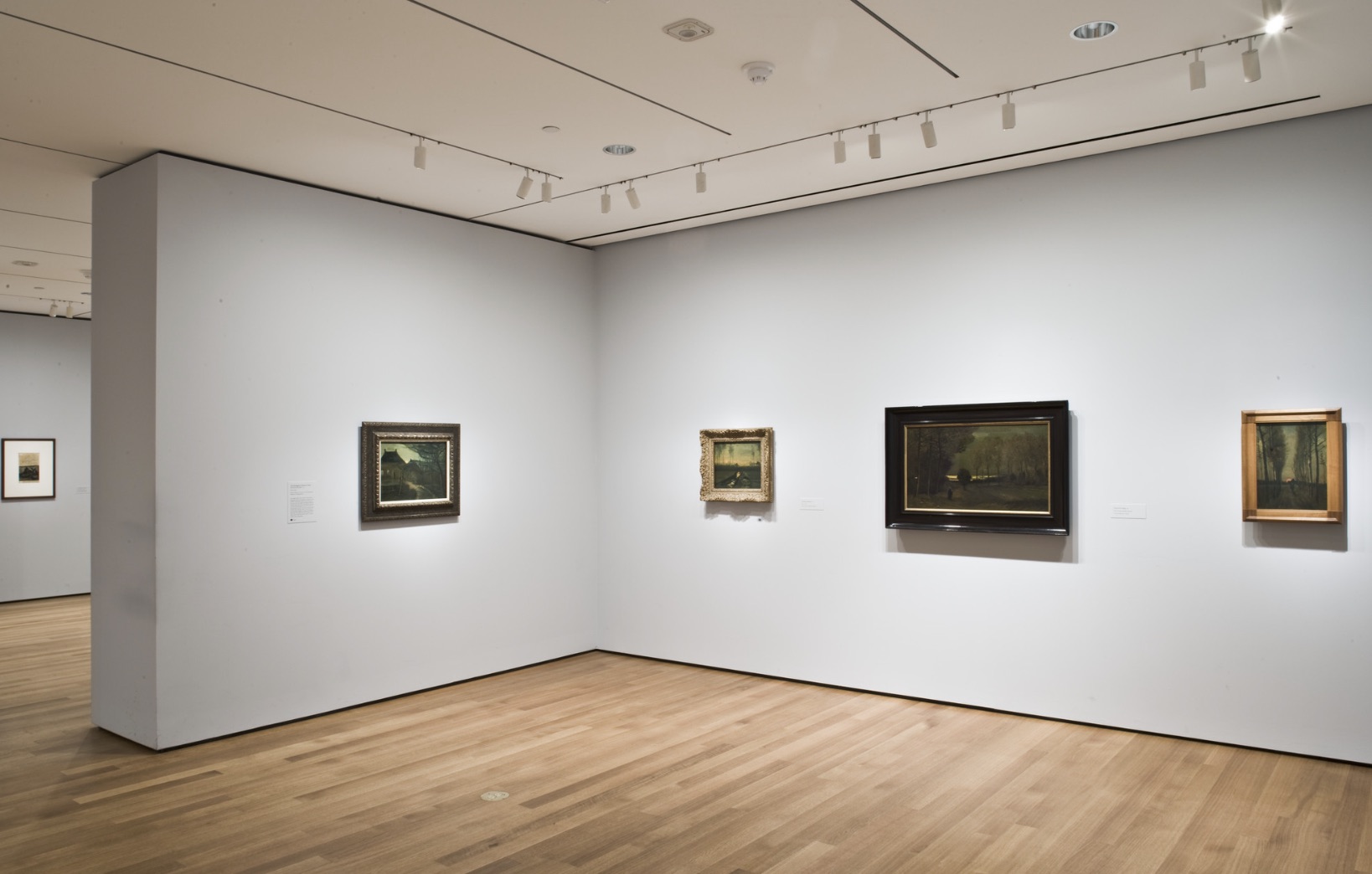
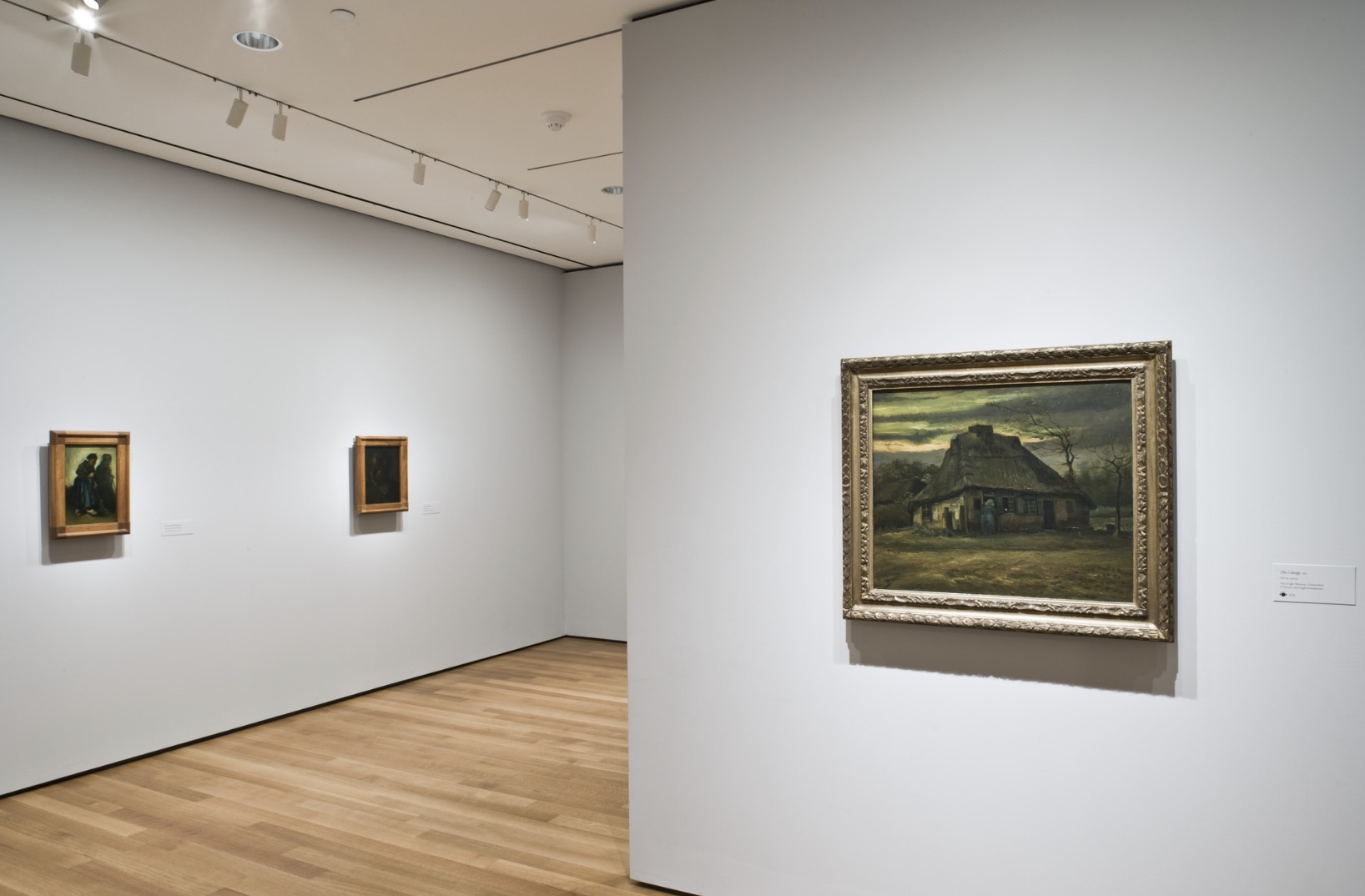
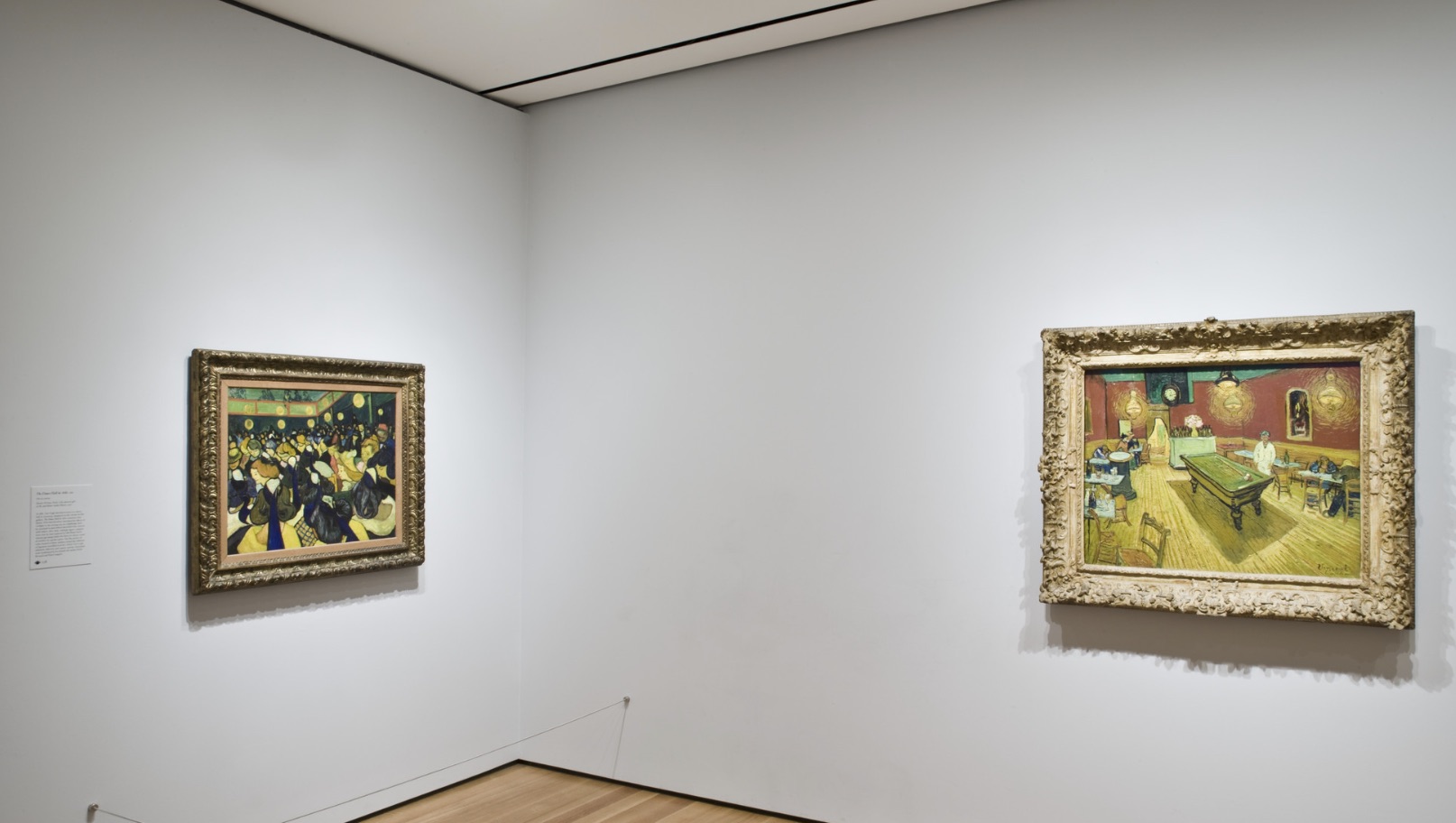
.jpg)
